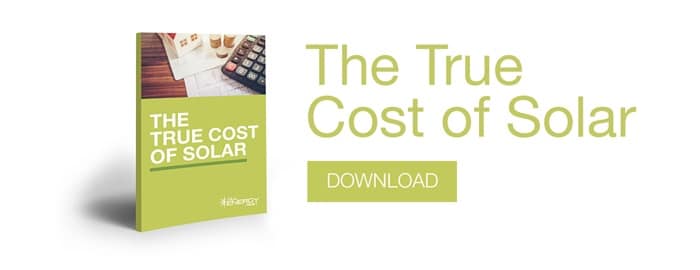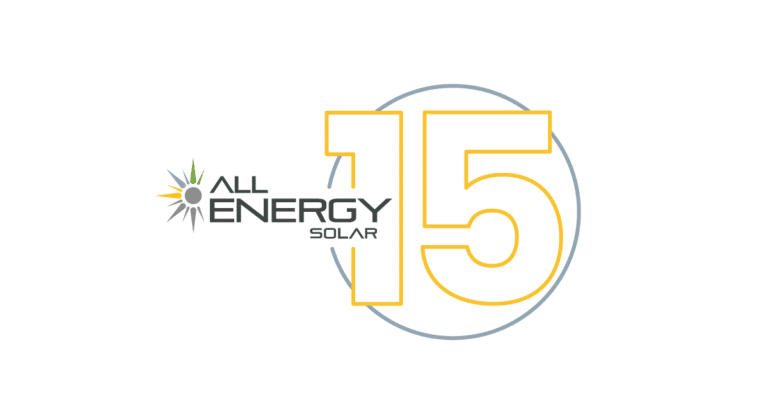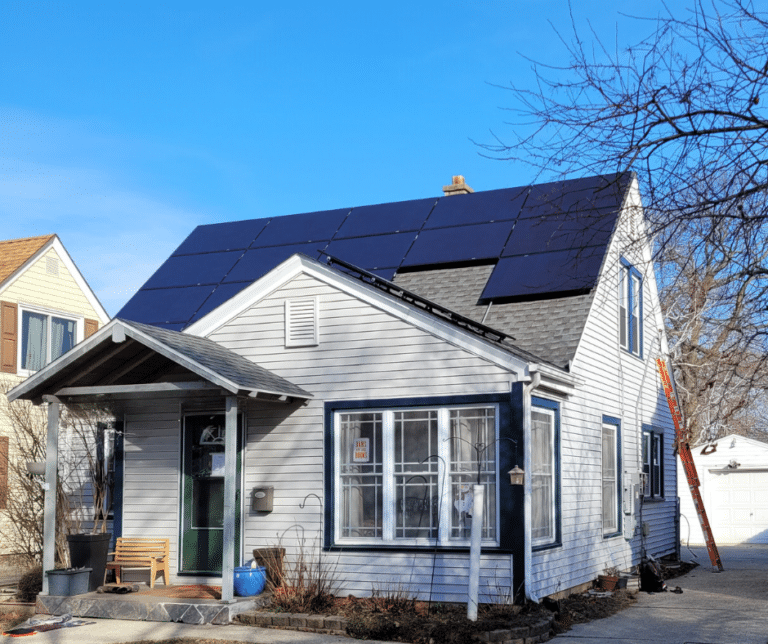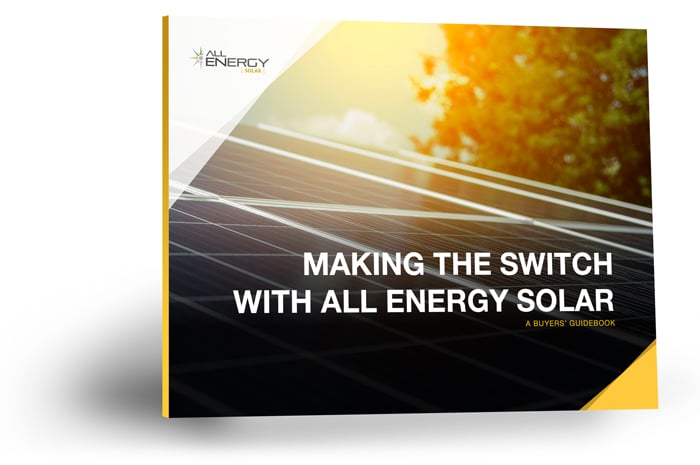Did you know that many solar experts say the average solar system pays for itself in eight to ten years? You may wonder if that’s possible if you haven’t looked at the key factors in calculating the return on your solar investment.
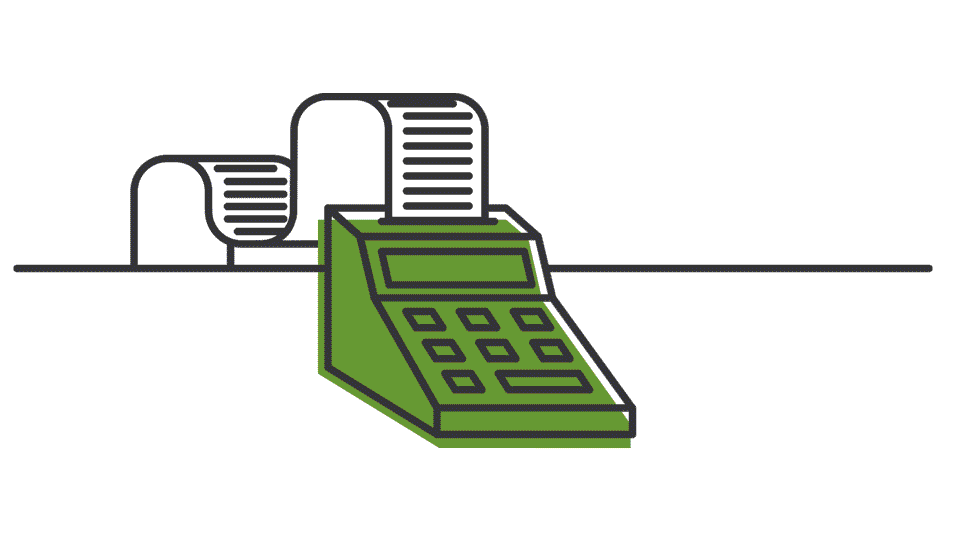
What comprises a solar investment?
Your investment includes the cost of the installation, the panels themselves, and system components. The type of panels you purchase will play a big role in determining the amount
of your investment.
What factors affect my return on investment?
ROI begins immediately through savings on what you spend for electricity. The speed of payback on your investment can be affected by the following factors.
Installation/labor cost: Labor and installation from an experienced and reputable installer can make up 30% to 40% of a solar install. This cost ensures a highly efficient system.
Cost of panels: Prices and performance vary among monocrystalline, polycrystalline, and thin film panels. Your installer should advise you on which options are most viable and help you weigh the cost and performance benefits of each.
System size: Although a larger system will cost more, it will generate more (free) electricity, which may help to offset the system cost.
Financing options: How you pay for your install—in cash or through financing—will impact the overall cost of your project.
Available sunlight: The amount of sun dictates the amount of solar energy produced. Most U.S. regions receive enough sunlight to make solar a wise investment. However, each installation site is unique, and some can produce more energy than others.
Your energy consumption habits: If you’re great at conserving energy, you may require a less-powerful (less-expensive) solar system. On the other side, a larger system will produce more energy, for which you might receive a monthly payback.
Tax incentives: The Federal Solar Investment Tax Credit will chop 30% off your system cost through 2019, where it will then taper off to 26% in 2020 and 22% through 2021. There are many other incentives at the state level, however, that help reduce costs, making your return on solar even more enticing.
Increased home value: Homes with solar systems, on average, increase in value between $15,000 and $25,000.
To understand more about solar payback and ROI, connect with an experienced installer and ask for a free site assessment. You’ll learn exactly how your solar system will benefit you and more about the factors that affect the return on your solar investment.
Download our eBook, The True Cost of Solar, to learn what solar energy really costs and how much your own solar installation could save you today!
